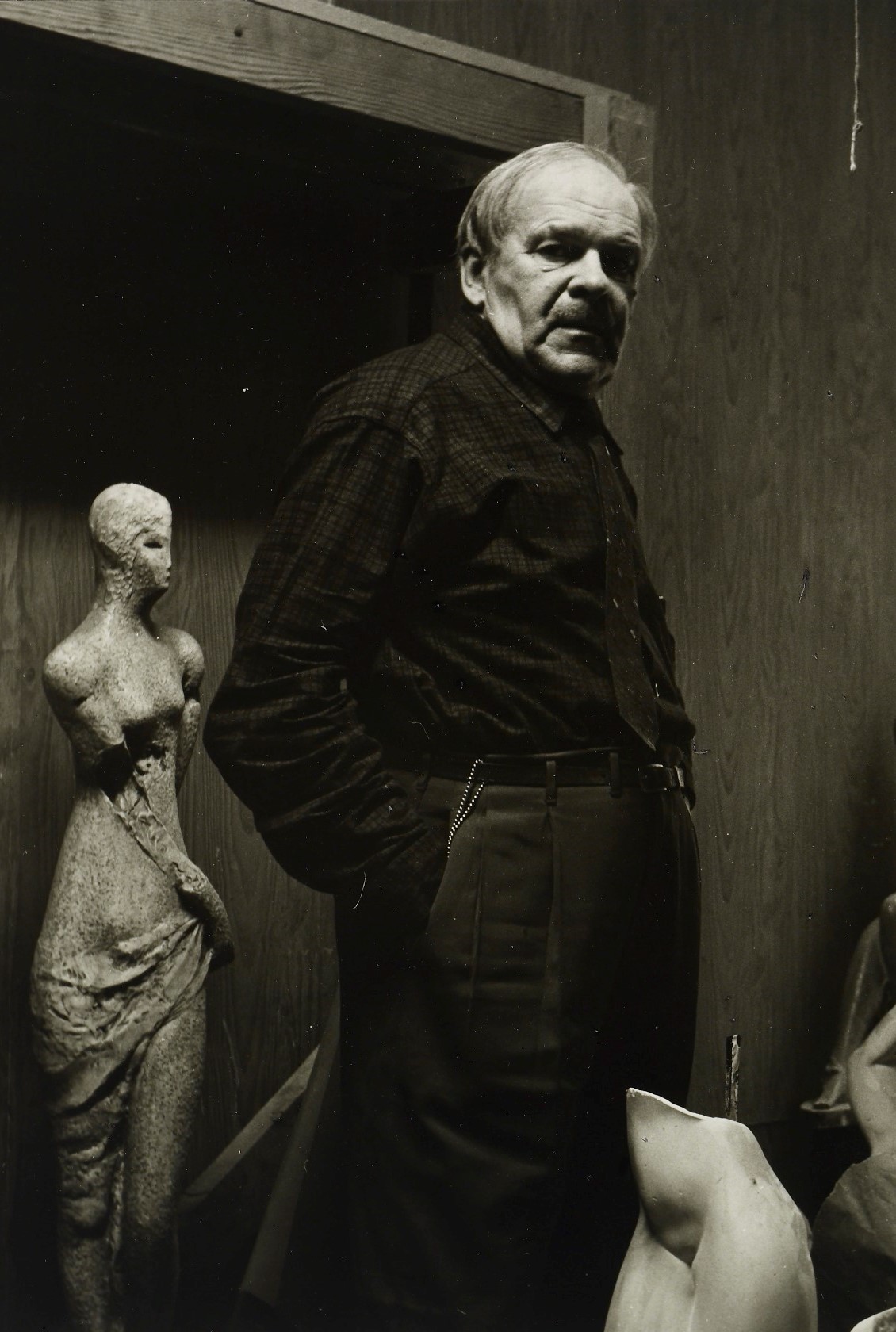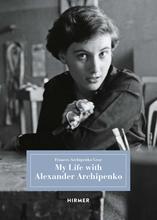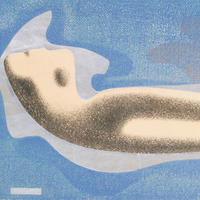More about Alexander Archipenko
- All
- Info
- Shop
Works by Alexander Archipenko

Contributor
Returning in middle age to his old stomping grounds in Kiev, Ukraine, Alexander Porfirovich Archipenko told an interviewer that he'd realized a precise moment in his youth that would influence cubism forever.
His parents bought two flower vases from the same store, and the vases were identical in every way. This is something that his grandparents could never have done as they lived before the advances in assembly line technology which enable us to remove any semblance of diversity from the fruits of our factories. Seeing the vases' similarity to each other, Archipenko felt an urge to put the vases side by side. What did he see? "An intangible, imaginary third vase created by the emptiness between the two physical vases…only after many years, after many attempts, did I realize this." This "void" between structures would go on to inform his sculptural work, which often made use of negative space. In 1915, after Archipenko had begun exhibiting his work, the Danish psychologist Edgar Rubin explored another paradox of the space around vases, which can make them create silhouettes of faces. You've probably seen a version of this optical illusion.
The artist may have shared this with his mother, Poroskowia Vassylivna Machowa, but Archipenko knew better than to share his secret insight with his father, the mechanical engineer Porphyry Antonowych Archipenko. He was an employee of the University of St. Vladimir, and a real meat-and-potatoes kind of man for whom art did not have much value. For him, "the highest works of the human spirit" resulted in bridges, gadgets, vehicles, weapons, and other inventions that "were not very refined in form, but very useful." He's the kind of man who could fix a painting's frame, but wouldn't have noticed or cared if someone stole the painting and replaced it with a copy. Of course, fate would play a trick on Porphyry Archipenko by bringing him a son who would achieve international fame for innovating new levels of cubist abstraction, whose practicality is confined to the level of our perception. The invention of cubism was either very important or as useless as a perforated umbrella, depending on your point of view.
According to biographer Korotych Vitaliy Oleksiyovych, at Archipenko's first exhibition, in a small village in Czarist Russia, the artist hung a sign on the door advertising a lower price for workers and farmers. One of the main works was The Thinker, an abstract composition dominated by a reddish oval against a white relief, barely recognizable as representational art except for geometric forms and a frowning mouth-like line at the bottom of the oval. A local beat officer was Archipenko's first visitor. "Why are you offering a lower price for workers and farmers?" he asked. Before the artist could respond, the law enforcement officer, scrutinizing The Thinker, noticed something even more suspicious: "and why is this painting red?" Archipenko was not a Bolshevik—he "didn't like politicians, and politicians didn't like him." In addition, by the time "The Reds" demolished the aristocratic order in favor of communism, Archipenko was already living in Nice, France, and would leave Europe for the U.S. in 1923 with his wife, the German sculptor Angelica Bruno-Schmitz (AKA Gela Forster). But the police officer's reaction at his first exhibition would be a sign of what was to come for the rest of Archipenko's career, and for cubism in general. During WWII, much of his work was confiscated by the Nazis, who deemed it "degenerate."
Sources
- "АРХИПЕНКО, Александр Порфирьевич." Artonline.ru, https://web.archive.org/web/20080203094020/http://www.artonline.ru/ency….
- Коротич, Віталій. "Слово про Архипенка." UArtlib, 1969, http://uartlib.org/slovo-pro-arhipenka/.
- Ирина, Азизян А. Александр Архипенко. Moscow: DirectMedia, 2013.
- Barron, Stephanie. Skulptur des Expressionismus: Josef-Hausbrich-Kunsthalle Köln, 12. Juli 1984 - 26. August 1984. Munich: Prestel, 1984.
- Makaryk, Irene Rima, and Virlana Tkacz. Modernism in Kyiv: Kiev/Kyïv/Kiev/Kijów/?ie? : Jubilant Experimentation. Toronto: University of Toronto Press, 2010.
- Meir, Natan M. Kiev, Jewish Metropolis: A History, 1859-1914. Bloomington: Indiana University Press, 2010.
- Wallis, Jeremy. Cubists. Chicago: Heinemann-Raintree Library, 2003.
Featured Content
Here is what Wikipedia says about Alexander Archipenko
Alexander Porfyrovych Archipenko (also referred to as Olexandr, Oleksandr, or Aleksandr; Ukrainian: Олександр Порфирович Архипенко, romanized: Oleksandr Porfyrovych Arkhypenko; May 30 [O.S. May 18] 1887 – February 25, 1964) was a Ukrainian-American avant-garde artist, sculptor, and graphic artist, active in France and the United States. He was one of the first to apply the principles of Cubism to architecture, analyzing human figure into geometrical forms.
Check out the full Wikipedia article about Alexander Archipenko












